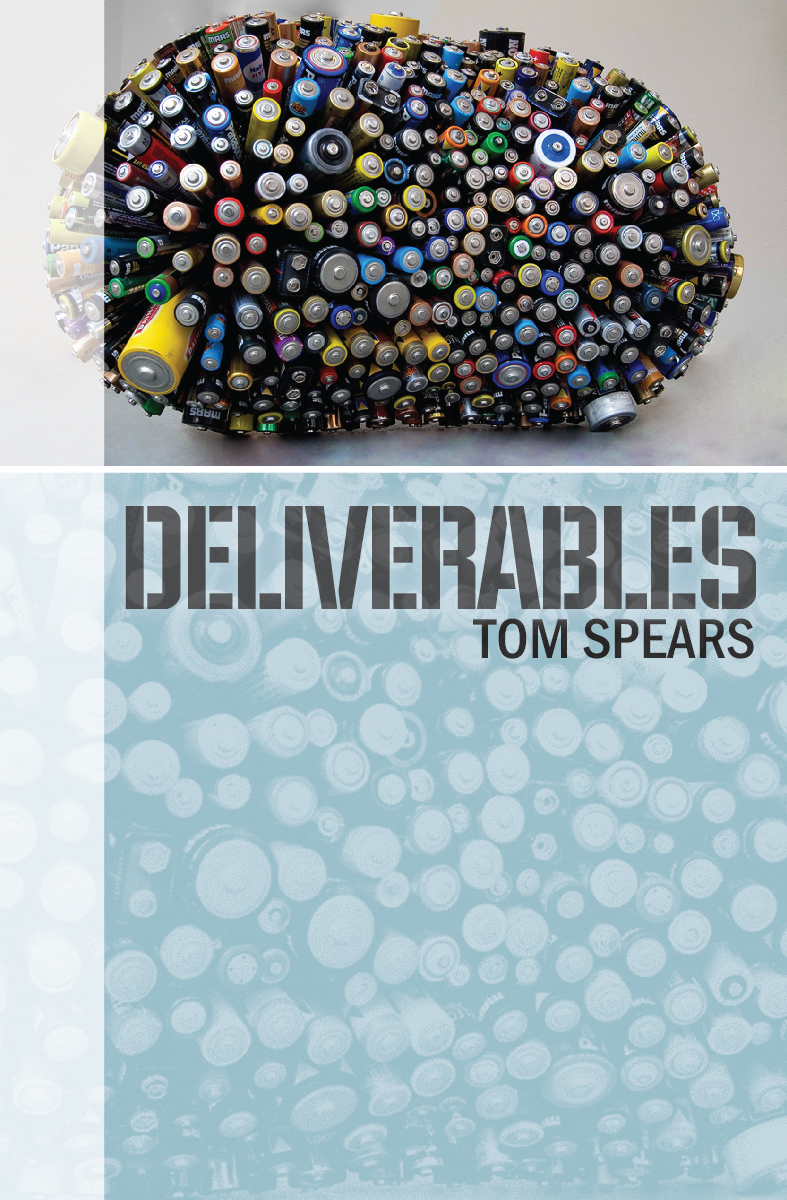American corporate culture celebrates the new, the radical, and the innovative. In our lifetimes, we've seen some incredibly ambitious projects roll to success -- projects following the "go for broke" theme. Things like the personal computer, the Apollo program, amazing medical advances, and many many more innovations. We love being pleasantly surprised by that new device that rocks our world, and so we love hearing about positive progressive change -- even if we're not personally the type of person to immediately adopt the latest and greatest.
But is going for broke the best way? Or are we focusing on the few winners, and ignoring the many losers in this game? Should we swing for a home run with every pitch, or would it be better to try for singles?
On the broad playing field of countries and cultures, the answer isn't clear. Radical innovation and ambitious projects have served America and American companies well -- resulting in irregular fits and starts in particular firms or industries, but in overall steady progress. The often-sited norm in Japan -- that of smaller, steady, incremental gains, also seems to have allowed their companies to succeed on the world playing field. In some years one process may appear to work better than the other, but over longer time horizons, the approaches seem to be about even.
When we look at the micro level -- at the circumstances surrounding those engaging in the projects -- the picture is radically different. The big-bang method produces a few spectacular successes, but many more failures than the incremental approach. That means if you are an innovator, project leader, or investor in organizations engaged is such projects, your chances of ending up on the losing end of the process is much higher. The hero of my novel, LEVERAGE, plunges into a murder investigation where his experience and skills ill equip him for the work. It is all "new" to him, but he blunders ahead hoping for his "home run". The results are predictable.
I'm not advocating only engaging in small incremental change projects either. They tend to distract you, pull your focus in many different directions, and make life very complicated. And they aren't nearly as fun or as inspiring.
As in many areas of life, there is a golden mean.
My rule of thumb, learned through many experiences of success and failure on projects, is never try to innovate significantly along more than two dimensions. A new product is a great project, it has only one "new" dimension. Make it a new product for a new market -- and you're pushing it. New product, new market, new manufacturing process -- you're courting disaster. You get the picture.
Imagine you have only a ten percent chance of a failure along any of your "new" innovation dimensions. With only one "new" dimension, your chances of success are 90%. If you introduce two "new" dimensions, the chances drop to 81% (90% times 90%). Add another "new" dimension, and the odds of success on the project drop to 73%.
And let's face it, our ability to accurately assess the chances of success at the outset aren't all that great. I've always had a chronic bias of underestimating risks. I suspect most other people do as well.
So spend a little time thinking about the "new" dimensions in your innovative project, and assess the chances of failure along each of these. Then double that estimate to counter your natural bias (or whatever factor your personal history suggests is reasonable). If you're happy with the resulting odds -- go for it. But you just might need to consider a safer, and more incremental, approach.














